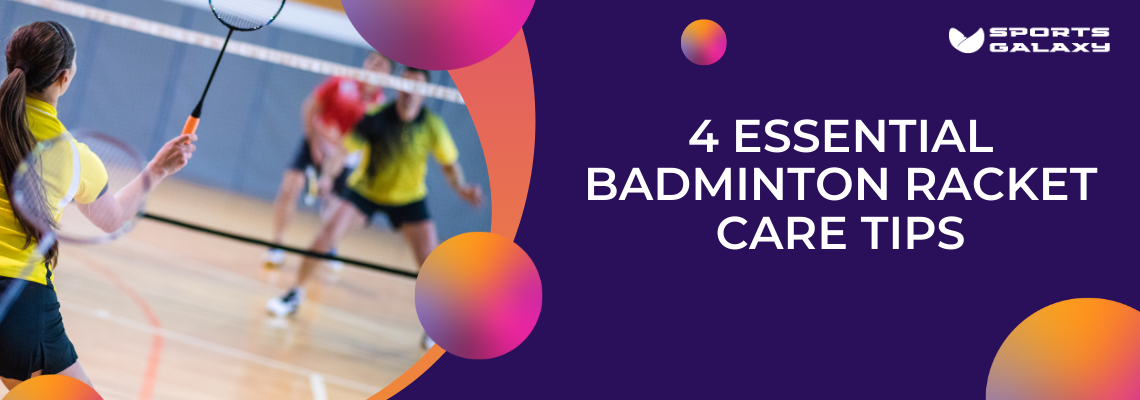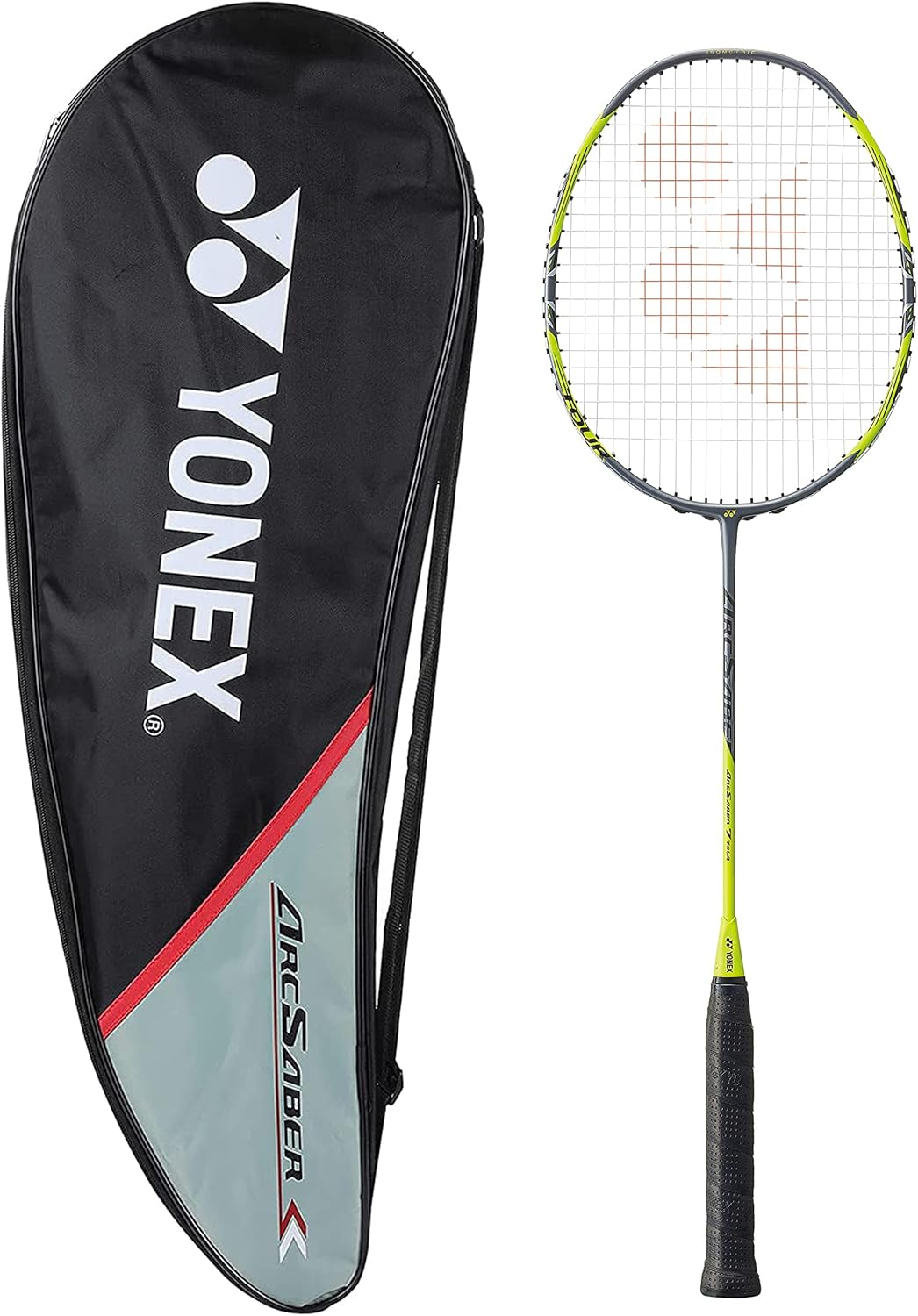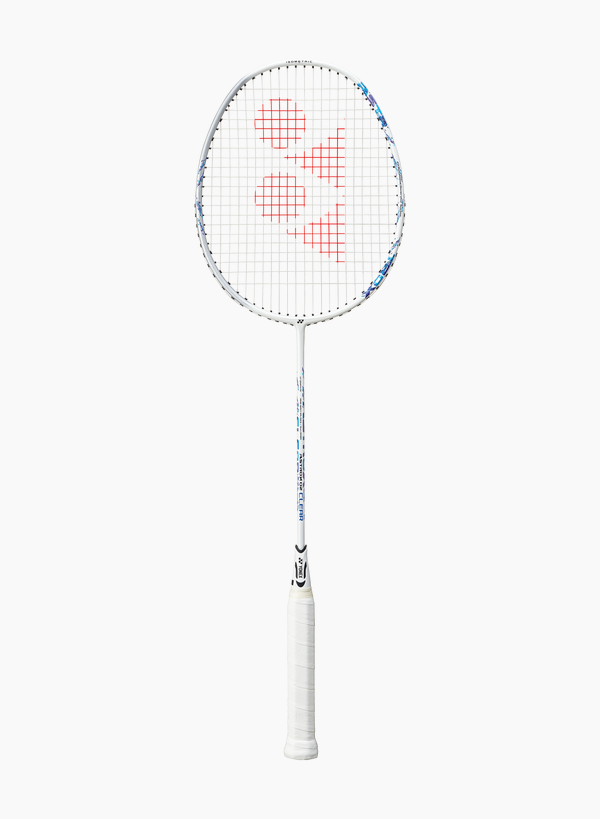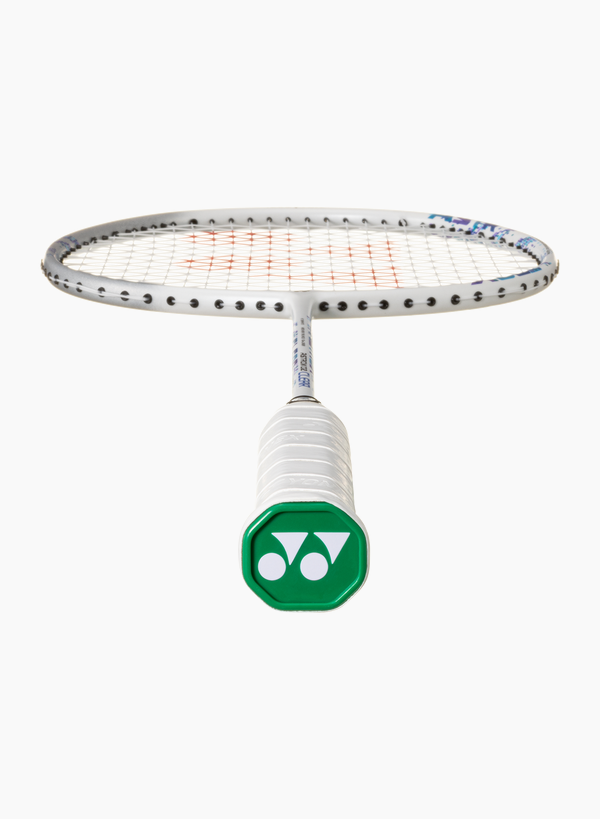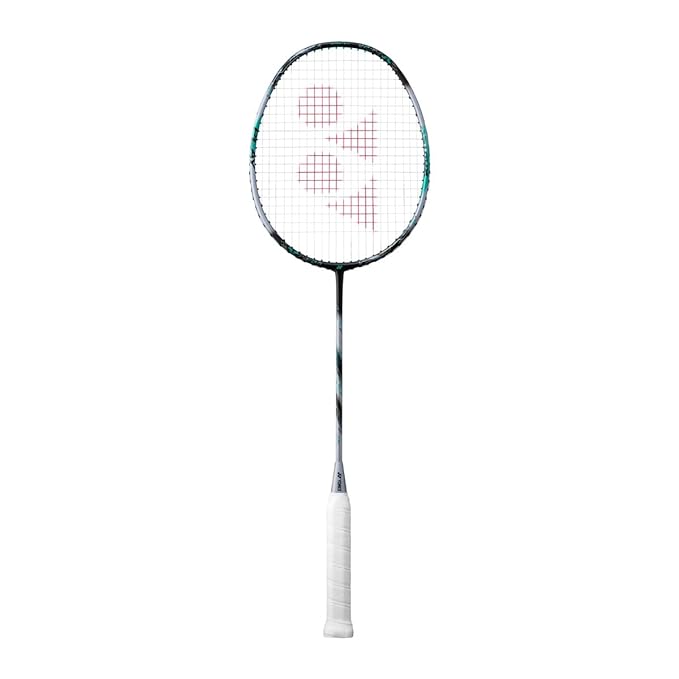4 Essential Badminton Racket Care Tips for Lasting Performance
badminton racket: Are you an avid badminton player looking to take your game to the next level? Look no further, because we have the key to unlocking your true potential on the court. It all starts with the right badminton racket – a game-changer that can revolutionize your playing experience.
Whether you’re a beginner or a seasoned pro, choosing the perfect racket can make all the difference in your performance. With so many options available in the market, it can be overwhelming to find the one that suits your style and enhances your skills.
That’s where we come in. In this article, we will explore the various factors to consider when selecting a badminton racket, from weight and balance to string tension and grip size.
By understanding the importance of these features and making an informed decision, you can elevate your game and unleash your full potential on the badminton court. Get ready to transform your play and leave your opponents in awe with each powerful swing and precise shot.
Choosing the Right Badminton Racket
When it comes to badminton, the right equipment can make or break your performance. The badminton racket is the most crucial piece of gear that directly impacts your gameplay. It is not just a tool to hit the shuttlecock; it is an extension of your body, a partner in your quest for victory.
Choosing the right badminton racket is essential for several reasons. Firstly, it ensures that you have a comfortable and secure grip, allowing you to maneuver the racket with ease during intense rallies. Secondly, it determines the power and control you can generate in your shots.
A well-suited racket will enhance your technique, enabling you to deliver powerful smashes and accurate drops. Lastly, the right racket can prevent injuries by reducing strain on your wrist, elbow, and shoulder.
To unlock your true potential on the badminton court, you must invest time and effort in selecting the perfect racket that suits your playing style, physique, and skill level. Let’s dive into the factors you should consider when choosing a badminton racket.
Best BAdminton Rackets for you
-
₹9,550.00Original price was: ₹9,550.00.₹6,200.00Current price is: ₹6,200.00. -
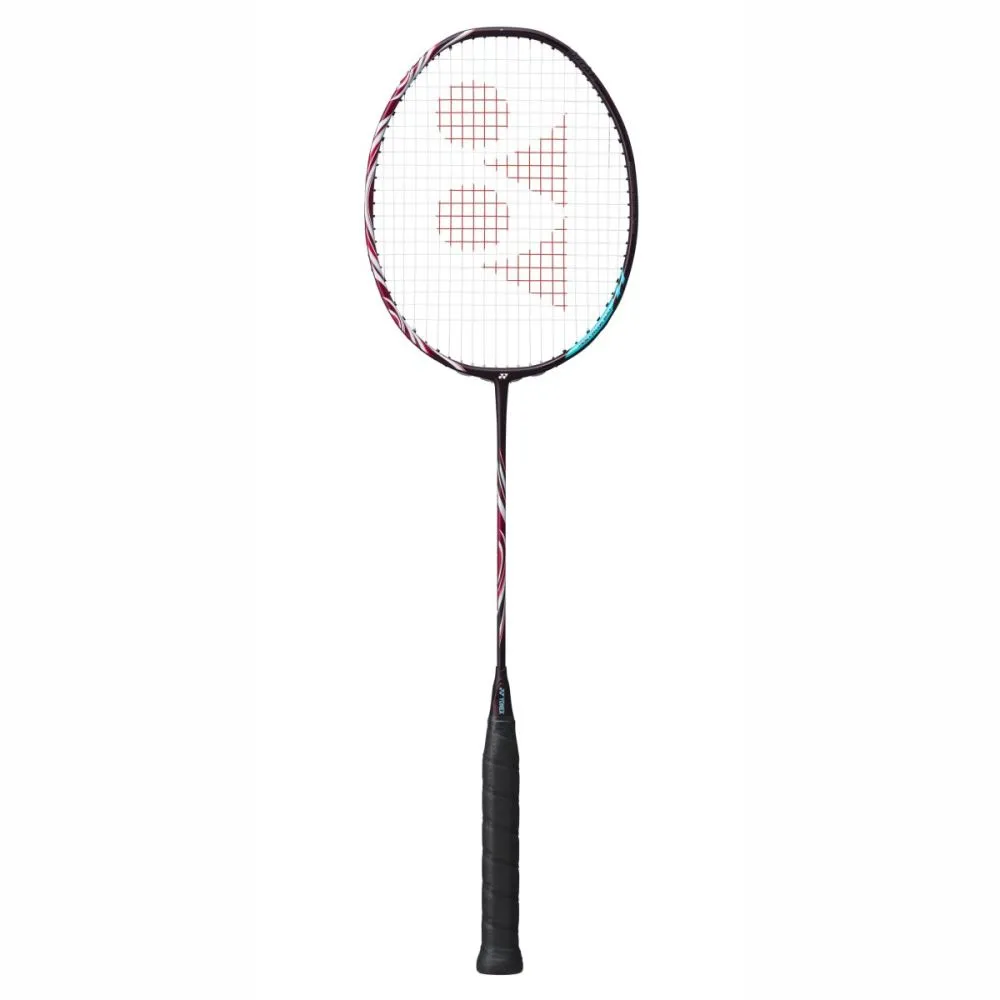
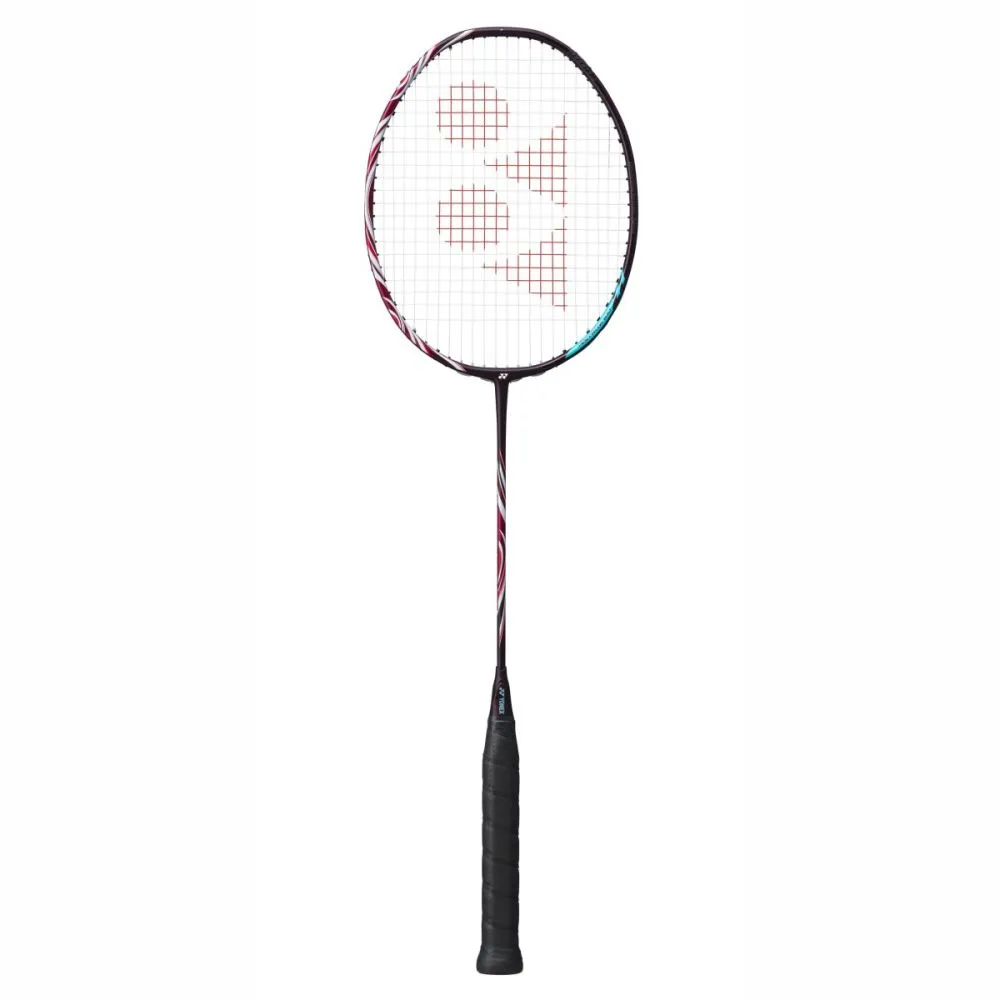 29% Off + 5%*Select options This product has multiple variants. The options may be chosen on the product page
29% Off + 5%*Select options This product has multiple variants. The options may be chosen on the product page₹23,895.00Original price was: ₹23,895.00.₹16,999.00Current price is: ₹16,999.00. -
₹10,990.00Original price was: ₹10,990.00.₹7,199.00Current price is: ₹7,199.00. -
₹4,035.00Original price was: ₹4,035.00.₹2,820.00Current price is: ₹2,820.00. -
₹5,050.00Original price was: ₹5,050.00.₹3,500.00Current price is: ₹3,500.00. -
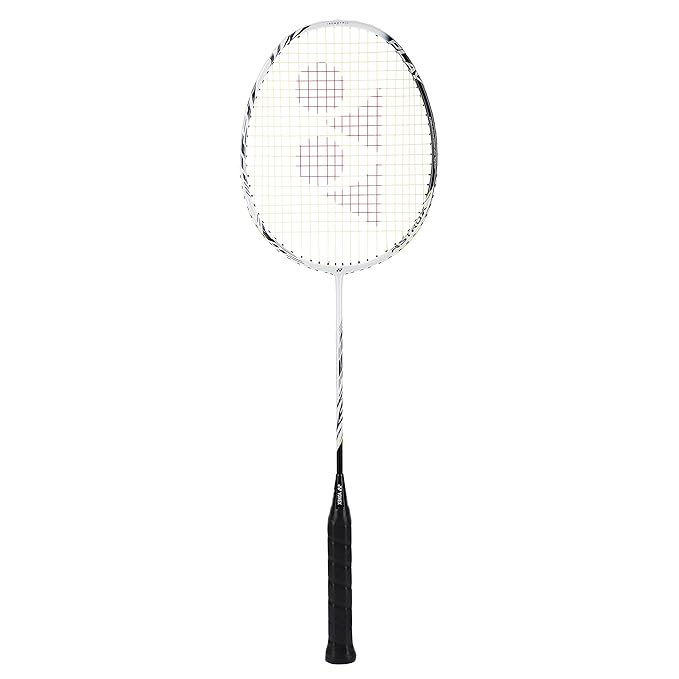
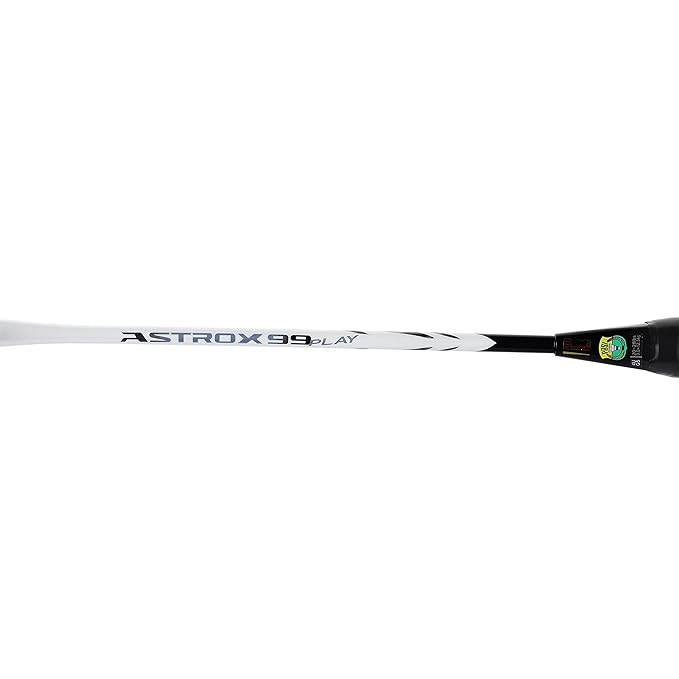 34% Off + 5%*Select options This product has multiple variants. The options may be chosen on the product page
34% Off + 5%*Select options This product has multiple variants. The options may be chosen on the product page₹5,140.00Original price was: ₹5,140.00.₹3,399.00Current price is: ₹3,399.00.
Methods for Cleaning Badminton Rackets
Storage arrangements have a considerable effect on the durability of a racket. For example, keeping it in a casual backpack with clothes and equipment from badminton could compromise its integrity over time.
Maintaining your badminton racket properly ensures its top performance on court, and to do this, regular cleaning and restringing must take place.
Wipe Down the Frame and Strings
Stringing a racket requires selecting the ideal string material. Your choice should depend on your preferred playing style; players who need to generate more spin may benefit from string patterns that allow the strings to move more freely and create friction with the ball more readily.
String patterns should also take into account the number of mains and crosses present, since having more mains and crosses means having smaller gaps between strings; this is known as closed or dense string patterns.
Once the mains are finished, it’s time to string the crosses. When installing cross strings over mains strings it helps prevent strings slipping off of them easily, as well as keep notches from appearing quickly in them.
Generally the crosses should run parallel or above mains strings rather than below. This helps avoid slippage. Keeping cross strings moving around helps avoid notches from appearing quickly in them as well.
As you string your racket, it is advisable to have a dry microfibre cloth handy to wipe down its frame with as you work, removing any extra string that has accumulated as you string and prevent its kinking from getting worse – otherwise kinked strings become harder to manage or may break altogether during stringing sessions.
Once your crosses are finished, it’s time to tie double knots on them. To do this, bring one end of your string around one side of the last main and up through the opposite side to form a loop, before taking it back through said loop and pulling tight – repeat this process for each of your racket’s crosses.
Clean the Grip
Grip cleaning is an integral component of keeping your racket in top shape and ensures optimal performance from it as well as making playing more comfortable for yourself and ensuring optimal longevity for both parties involved.
One of the easiest and most efficient ways to clean a grip is with rubbing alcohol, as this works as an effective germicide while also clearing away impurities from leather or synthetic grips. Simply pour some on a cloth and wipe down your racket’s grips for maximum effectiveness. Alternatively, commercial cleaners specifically tailored for table tennis rubbers such as kits with sponges may provide more thorough cleaning solutions while costing much more.
If you don’t wish to invest in commercial cleaners, any house detergent that is gentle enough can also work well for cleaning ping pong rackets. Always conduct a test first on an inconspicuous area as some cleaners can damage rubbers or alter how your grip feels while playing ping pong.
Clean your grip regularly after each play session to reduce dirt and sweat from building up in it, which could otherwise cause it to lose shape or even crack over time. Furthermore, changing out your overgrip on an annual basis will further ensure optimal condition for your grip.
As when cleaning your grip, avoiding chemicals like acetone is vital to ensure long-term enjoyment from your bannock racket and enjoying it for years. Chemical cleaners eat away at material and can lead to peeling that damages leather overgrip and alters how it feels in your hand – this means acetone must never be used! For serious players a clean grip is an absolute necessity!
Dry the Racket
An efficiently maintained badminton racket will enable you to play with greater precision and control. Regular cleaning, adjusting of balance, restringing, and proper storage are essential steps in its upkeep; otherwise, its poor condition could hinder both performance on court as well as reduce its lifespan.
As part of your racket cleaning routine, begin by wiping down its frame and strings with a damp cloth to remove any dirt or sweat accumulated during play. A small brush may also come in handy for more stubborn dirt spots that have formed on them. Finally, dry the racket using another clean towel.
Next, clean the grip. This can be accomplished either by wiping it down with a cloth or towel or submerging it in water; though soaking may also work; in either case it should only be done as necessary and then only left until fully dry before storing away your racket.
When it comes time to regrip your racket, all the necessary materials include a new grip and pair of scissors. Starting out, you can either use the sticky tab end of an overgrip with adhesive tabs attached, or cut a tapered section off and wrap it around your handle until it reaches the head of your racket – being careful not to over-tighten is key for optimal results – overdoing this can damage both rackets as well as cause pain during play!
Once you’ve installed the new grip, use scissors to cut a similar section from the overgrip and wrap this along the shaft until it reaches the head of your racket. Trim away any excess overgrip with your scissors before applying finishing tape as final touch.
Store your racket safely away from direct heat sources such as sunlight. This will extend its lifespan and prevent it from being damaged if left in direct sunlight or damp areas for too long. A bag offering cushioning and support may also provide some added protection and storage options.
Replace the Grip
After each session of bannock racket play, it is advised to switch out your grip for a new one – usually within 24 hours after play has concluded – in order to maintain a clean and fresh experience while providing more comfortable playing conditions. Grip replacements come in all sorts of sizes and can easily be purchased both online or at many sports stores; most grips have tabs at either end with self-adhesive backing that allows easy application of new grips.
Finally, apply a cleaning solution specifically tailored for table tennis rubbers; table tennis cleaner is best suited to this task; if none of this is available and plain water doesn’t suffice then non-biological dish soap should work just as effectively; just make sure not to overdo it!
Once your rubbers have been thoroughly cleansed and dried, the next step should be drying them. You can do this either by moving the racket around a bit or using a towel; once dry they can be placed back into their case for safekeeping – with proper care, quality ping pong paddles can last for many hours of gameplay and still provide superb performance!
What Badminton String Tension Should You Choose?
The string tension you choose should depend on 2 things: your standard and the string you are using.
Deciding Your Tension: Your Standard
Advanced players are more suited to a higher tension. A higher string tension gives you more touch and control. However it does have a smaller sweet spot so you need to have good technique and timing. This is why a higher tension is more suited to advanced players.
A high tension ranges from around 28lbs (or 12kg) and above, going up to the extremes of around 34lbs.
Intermediate players will need a slightly larger sweet spot than advanced players and also probably won’t want to pay for a restring every week! Therefore a string tension in the range of 24 – 28lbs would be suitable.
Beginner players shouldn’t have a string tension above 24lbs. Technique and timing should be developed before increasing the tension.
Overall, the tighter your strings, the more you need to time your shots.
If you can’t generate fast racket head speed or consistently hit that sweet spot you will be at a disadvantage using a higher tension!
If you have tight strings and suffer from many string breaks then this could be why, because you’re miss-hitting the shot. When you miss-hit a shot the force of the shuttle goes through either the top or bottom of the racket.
As there are only singular strings covering this area (as highlighted below) the strings are more likely to break at this point.
If you get injured a lot in your shoulder it could be because your strings are too tight and are less forgiving when you’re not hitting in that smaller sweet spot.
Men may often have tighter strings than women as they are able to generate more power. However, often with men it is just an ego competition as to ‘who can have the tightest strings’, but actually it’s probably hindering many of these people not helping them!
Deciding Your Tension: String You Use
The second thing you need to consider when deciding your tension is the string you use. We would recommend reducing your tension if you go for a thinner string as it will be less durable than a thicker string at the same tension, but still give you great repulsion and power.
We also recommend trying out different tensions to see what works best for you. It is a good idea to start off with a lower tension and then increase by 1lbs / 0.5kg to make sure you are comfortable with the tension before deciding to increase it further.
Why Do Some People Choose TWO String Tensions (E.G. 28/30 Lbs)?
Often you will hear people saying they have a different tension in their main string to their cross string. Most restringers will string rackets with two pieces of string, one for the mains strings and the other for the cross strings.
This is to protect the integrity of the racket head. Increasing the tension of the cross strings is another way to protect the shape of the racket.
It is recommended that the cross strings should be tensioned at 10% higher than the main strings. For example if you are stringing a racket at 30lbs you would string the main strings at 30lbs and the cross strings at 33lbs.
This is why some players ask for different tensions on the cross strings, to make sure of this. Some players may choose slightly less than 10%, others may choose more. Many players also prefer the feel a tighter cross string gives them.
What Does Pre-Stretch Mean?
Pre stretching is where you tighten each string to a higher tension before tightening it to the correct tension. The idea behind this is that you remove any elasticity the string has inside of it, meaning that it will hold its tension for a longer period.
It is similar to why builders reinforce concrete!
Disadvantages of using pre-stretch:
- Placing this strain on the string makes it harder, meaning it’s more likely to snap.
- Many people will also argue that pre-stretching takes the life out of a string.
Advantages of using pre-stretch:
- Maintains the string tension for longer
- Some professional players prefer the repulsion and feel it gives them (they also get their badminton string and restrings for free so don’t need to worry about durability!)
- You can hear the sound of tight strings when watching matches of professional players on TV or YouTube, and this sounds even nicer with the use of pre-stretching!
Pre-stretching has varied popularity. Whilst it’s not widely used on the tour, it is very popular in Denmark for instance. The majority of the top players there have their strings pre-stretched. Many people tell me this was started by the likes of Peter Gade and Mathias Boe/Carsten Mogensen.
Pre-stretching is more commonly used in tennis where the string is both thicker and rougher therefore creating more kinks so pre-stretching is also used as a way to remove the strings coil memory.
Clean a Badminton Racket – A Step by Step
Badminton is an incredibly fast-paced game. To excel at it, all the parts of your racket must be in mint condition. That includes the butt cap, the handle/grip, the racket’s throat and shaft, its strings and grommets, as well as the head.
Improving your game isn’t the only reason why you should keep your racket neat and tidy. Badminton rackets, especially those used by professional players, do not come cheap. If you allow your racket to fall into disuse, soon you’d be in the market for a new one.
we’ll provide you with a step-by-step guide on cleaning a badminton racket. We’ll start from the bottom – the racket’s butt cap – before (slightly) rinsing our way to the racket’s head. Read on if you have no intention of replacing your badminton racket anytime soon.
How to Clean a Badminton Racket
Follow these steps to clean your badminton racket:
Step 1: Gather the Supplies
Make sure you have these items handy before you sit down to clean your racket:
- Mild soap
- A bucket full of water
- Dry sponge
- Dry microfiber cloth
- Air dryer (optional)
Step 2: Replace the Grip
Most people replace the original grip the moment they buy a new racket. Some continue using the grip that came with the racket for as long as possible. Whether you belong to the first or second category, replacing the grip is imperative before you start cleaning your racket.
That is not because racket grips cannot stand moisture – the fact that they can tolerate your sweaty hands suggests otherwise. Instead, once you expose your grip to the below-mentioned steps, it will lose all its original thickness. At that point, it won’t be of any use to you.
Don’t worry about the replacement cost as badminton grips come cheap. Even the ones sold by brands like Yonex won’t cost you more than a few bucks. But the improvement they will help bring to your game makes the investment into a new grip worth it.
Step 3: Clean the Handle
Here’s how this step would go:
- Duck the sponge into the water.
- Put a few drops of the mild soap onto the wet sponge
- Lubricate the entire handle – from the point where the grip ends to the start of the throat – with the soap. Make sure no portion of the handle is left unattended.
- Give the soap a few seconds to absorb dust particles.
- Rinse off the soap with fresh water
- Use a dry microfiber cloth to scrub off any remaining grime.
Step 4: Clean the Shaft
Cleaning the shaft of a badminton racket is a pretty straightforward process. All you have to do is redo what you did in the previous step. That is, use a sponge to lubricate the shaft with soap, give the soap particles a few minutes to absorb the grime, before rinsing them off with water.
While you’re busy with all this cleaning stuff, make sure not to place the racket on the ground.
Otherwise, the soapy water will make its way to the strings (which we’re going to clean in one of the following steps). Placing the racket in a wash basin – with the handle and the frame resting on the opposite sides of the basin and the shaft in the middle – is recommended.
Step 5: Clean the Strings and Grommets
Strings are one of the most important components of a racket. If their tension is not to your liking, or if one of the strings is broken, you won’t be able to perform at your best in court. Hence, keeping the strings of your badminton racket in top-notch condition is vital.
The same goes for grommets, those small pieces of plastic covering the racket head’s external circumference. The strings are threaded through grommets to protect the racket head – without the grommets, strings would sit on the graphite of the racket, damaging its integrity.
It is thus extremely important to clean the strings and grommets of your racket frequently. Doing so is pretty easy – dampen the microfiber cloth with warm water and rub the strings and the grommets until you’re satisfied both are clean. Then place your racket outside to effectively air dry it.
Pro Tip: Some people use an air dryer to dry the racket. If you have a similar intention, make sure to set the dryer at the low heat setting, failing which you might end up damaging the strings.

